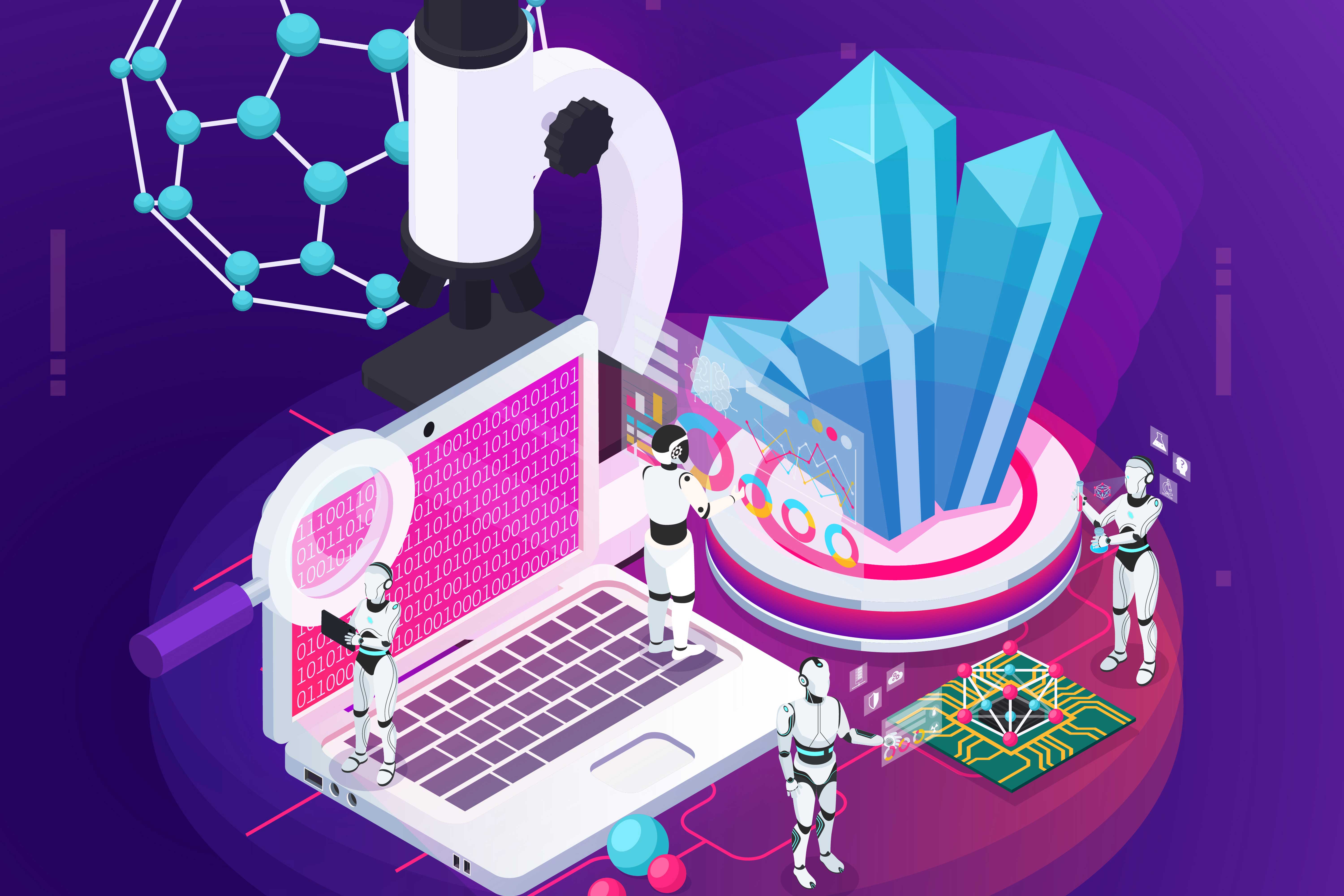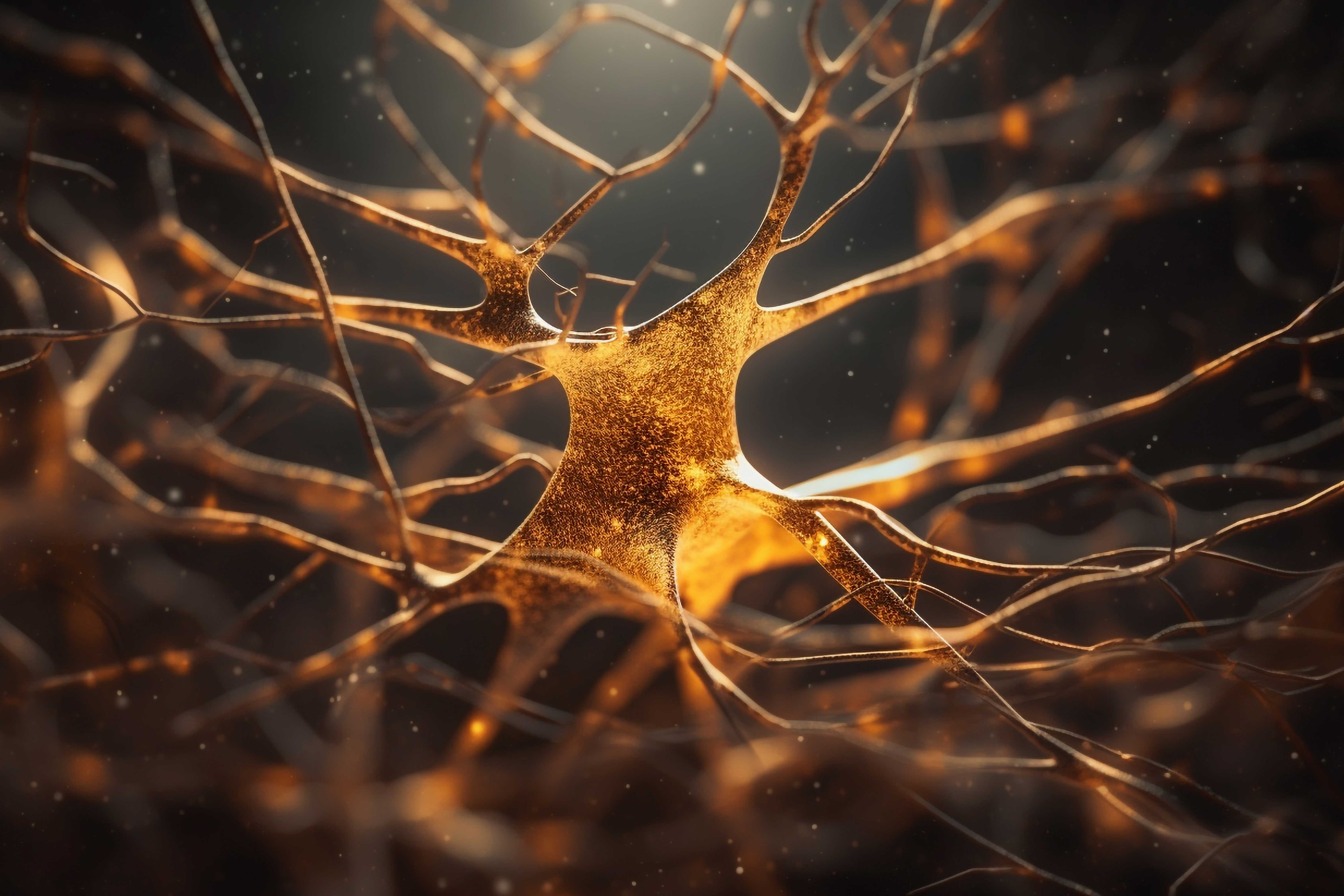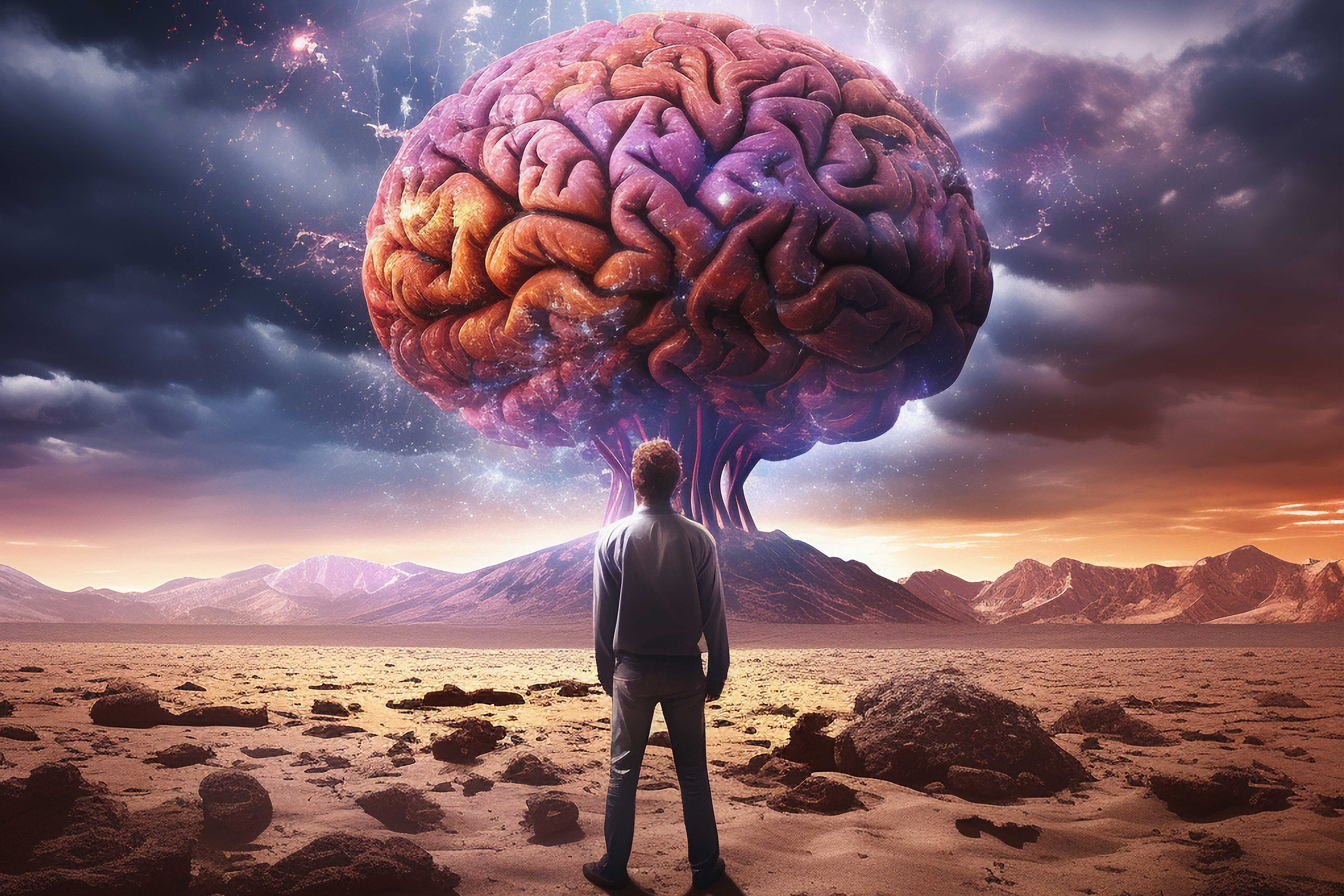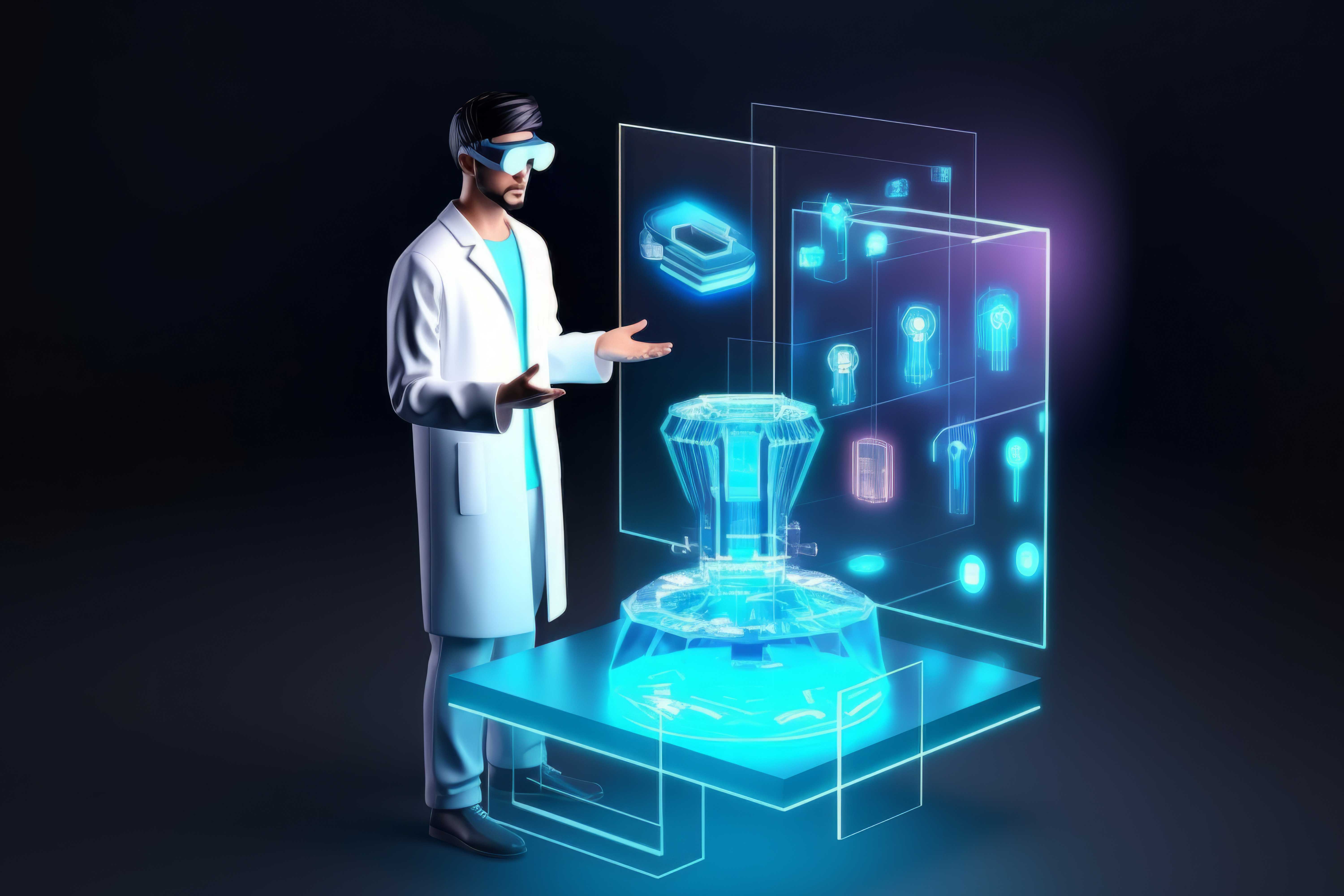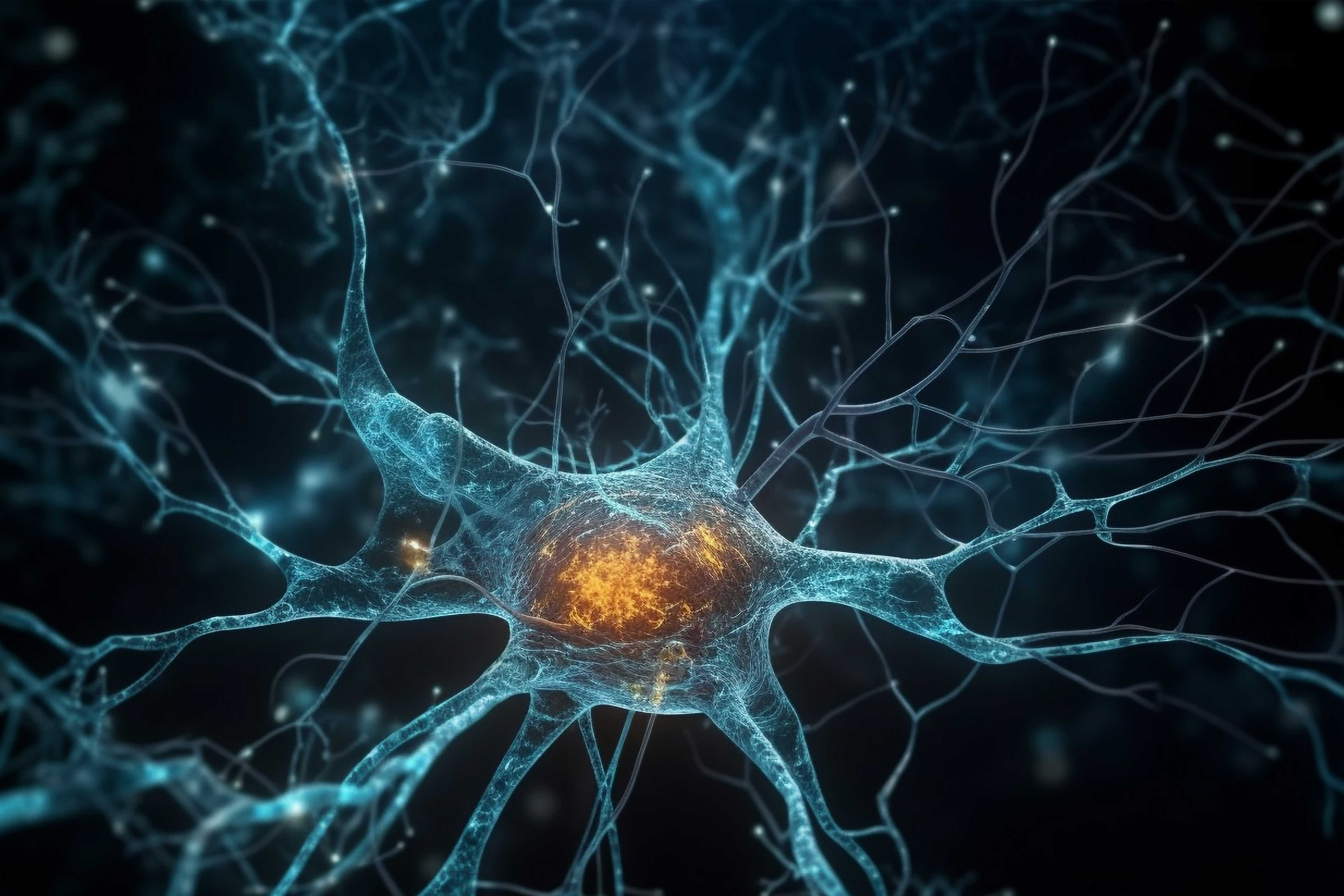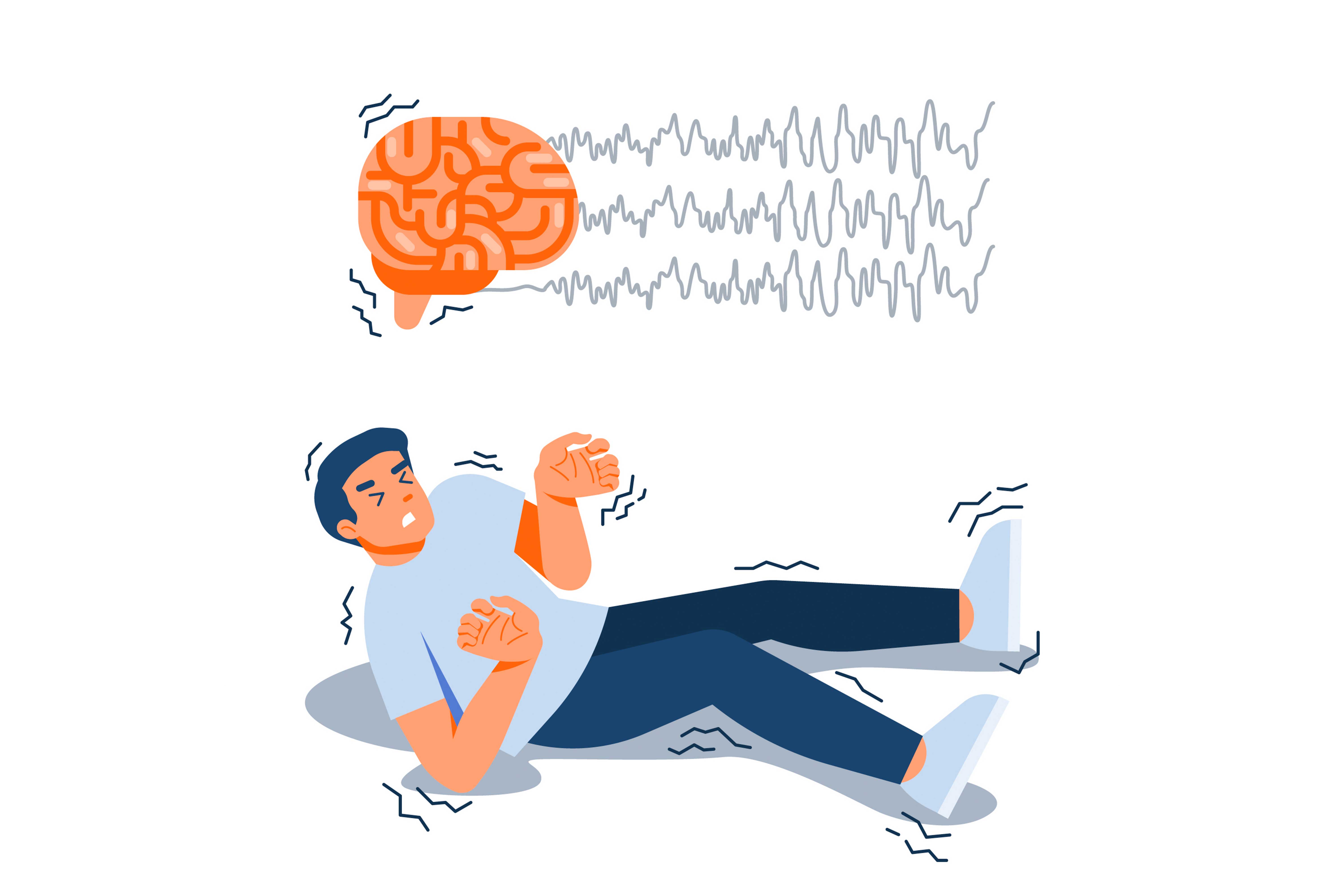BIRTH OF ARTIFICIAL INTELLIGENCE
"Son dönemde önemli gelişmeler kaydedilen yapay zeka veya makine öğrenimi teknolojisi, modern anlamda yaklaşık 1950'lerde ortaya çıktı. Teknolojinin ilerlemesiyle birlikte günümüzde hemen her alanda aktif bir şekilde kullanımı bulunmaktadır. "
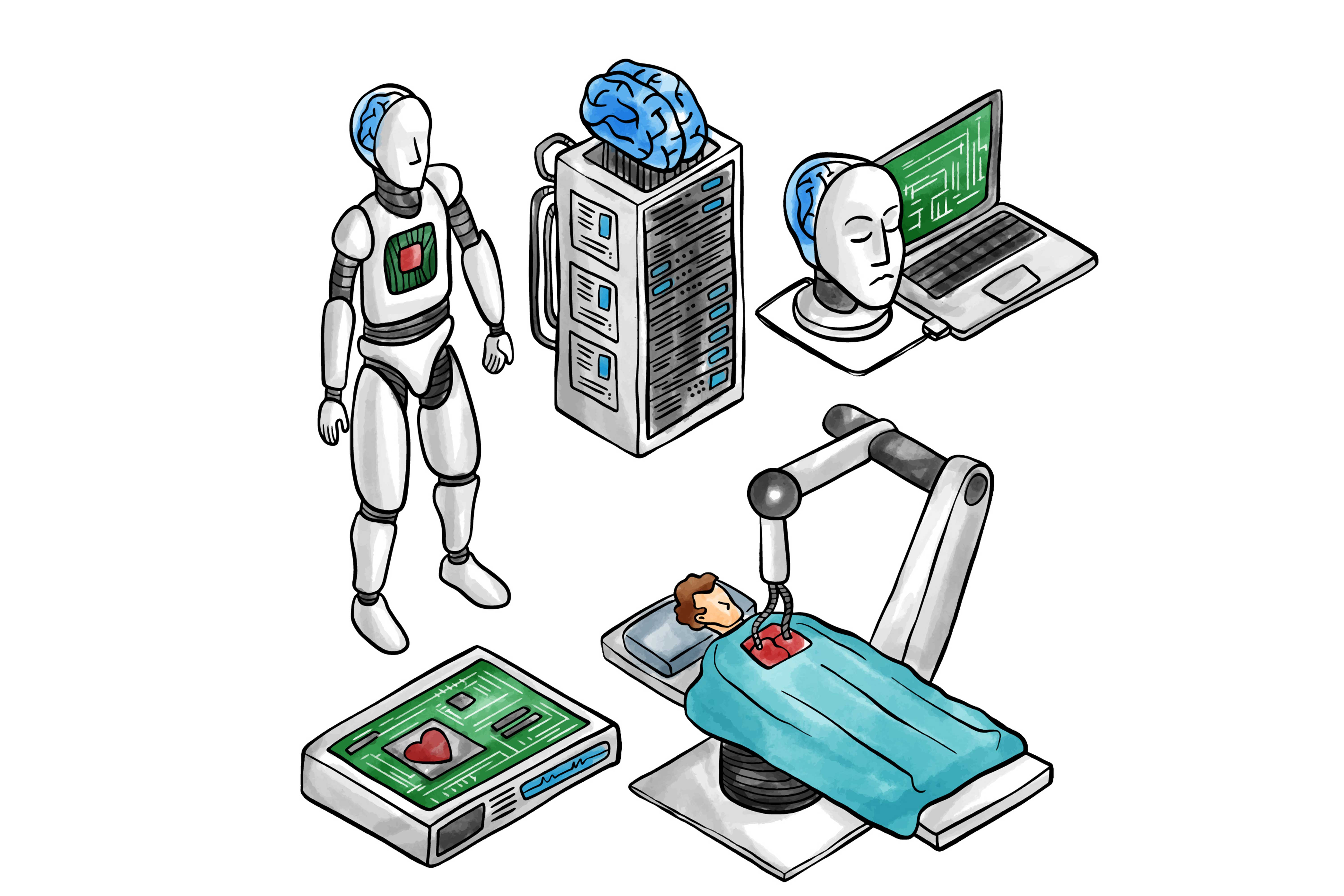
The period before 1950
The period between 1950-1970
The term 'Artificial Intelligence' was first used in a workshop organized by John McCarthy in 1956 in Dartmouth. This name aroused a higher level of curiosity in society than researchers expected, but it also raised expectations from related technologies. It is worth thinking about whether the interest and development in these technologies would have been the same today if a less interesting name such as 'computable learning' had been chosen instead of 'artificial intelligence' back then [4, 5].
In 1958, Ord. Prof. Dr. Cahit Arf gave a speech on 'Can machines think and how can they think?' at the event of public education conferences held at the opening of the academic year of Atatürk University [6] In the same year, the previously proposed 'McCulloch and Pitts Neuron' led to the development of the 'Perceptron' algorithm, and in 1962, the design of the multi-layer perceptron architecture was suggested. Although this model still lacked deep learning elements, it was defined as 'extreme machine learning' for its time [7, 8]. In 1965, Stanford University had a project called DENDRAL and the Massachusetts Institute of Technology had a project called ELIZA [9, 10].
The period between 1970-1990
The period after 1990
Growth of baby AI
Position of AI in healthcare
Misconceptions
1.
Orhan, K., Amasya, H. Tıptan Diş
Hekimliğine Yapay Zeka. İçinde: Orhan, K. Jagtap, R. (Eds) Diş Hekimliğinde
Yapay Zeka. Springer, Cham. (2023).
https://www.researchgate.net/publication/367260858_Dis_Hekimliginde_Yapay_Zeka_Uygulamalari
2.
Mcculloch, W.S., Pitts, W. A Logical
Calculus Of The İdeas İmmanent İn Nervous Activity. Bulletin Of Mathematical
Biophysics 5, 115–133 (1943).
https://link.springer.com/article/10.1007/BF02478259
3.
AM. Turıng, I.—Computıng Machınery
And Intellıgence, Mind, Volume Lıx, Issue 236, October 1950, 433–460, (1950).
https://link.springer.com/chapter/10.1007/978-1-4020-6710-5_3
4.
Mccarthy J, Et Al., A Proposal For
The Dartmouth Summer research project on artificial intelligence, august 31,
1955. (2006).
https://ojs.aaai.org/aimagazine/index.php/aimagazine/article/view/1904
5.
Moor J, The Dartmouth College
artificial intelligence conference: The next fifty years. (2006).
https://ojs.aaai.org/aimagazine/index.php/aimagazine/article/view/1911
6.
Arf, C. Makine düşünebilir mi ve
nasıl düşünebilir. Atatürk Üniversitesi-Üniversite Çalışmalarını Muhite Yayma
ve Halk Eğitimi Yayınları Konferanslar Serisi, (1), 91-103. (1959).
https://www.mbkaya.com/hukuk/cahit-arf-makine-dusunebilir-mi-orjinal.pdf
7.
Rosenblatt F, The perceptron: a
probabilistic model for information storage and organization in the brain. (1958).
https://psycnet.apa.org/record/1959-09865-001
8.
Rosenblatt F, Principles of
Neurodynamics Spartan. (1962).
https://apps.dtic.mil/sti/pdfs/AD0256582.pdf
9.
Weizenbaum J, ELIZA—a computer
program for the study of natural language communication between man and machine. (1966).
https://dl.acm.org/doi/pdf/10.1145/365153.365168
10. Lederberg
J, Systematics of organic molecules, graph topology and Hamilton circuits. A
general outline of the Dendral system Interim report. 1966.
https://ntrs.nasa.gov/api/citations/19660004786/downloads/19660004786.pdf
11. Freiherr
G, The seeds of artificial intelligence: SUMEX-AIM: US Department of Health,
Education, and Welfare, Public Health Service, (1980).
https://ia803104.us.archive.org/8/items/seedsofartificia00frei/seedsofartificia00frei.pdf
12. Van
Melle W, MYCIN: a knowledge-based consultation program for infectious disease
diagnosis. (1978)
https://www.sciencedirect.com/science/article/abs/pii/S0020737378800492
13. Weiss
S, The EXPERT and CASNET consultation systems. (1979).
14. Ulug
F, Emycin-Prolog expert system shell. 1986, NAVAL POSTGRADUATE SCHOOL MONTEREY
CA.
https://apps.dtic.mil/sti/citations/ADA178496
15. LeCun
Y, et al., Gradient-based learning applied to document recognition. (1998).
https://ieeexplore.ieee.org/abstract/document/726791
16. Wang
F-Y, et al., Where does AlphaGo go: From church-turing thesis to AlphaGo thesis
and beyond. (2016).
https://ieeexplore.ieee.org/abstract/document/7471613
17. Yüce,
F, Taşsöker, M. Diş hekimliğinde yapay
zeka uygulamaları. 7tepe Klinik Dergisi, 19(2), 141-149. (2023)
https://yeditepedentaljournal.org/jvi.aspx?pdir=yeditepe&plng=tur&un=YDJ-05668&look4=
18. Zaim Gökbay, İ. Tıpta yapay zeka
uygulamaları-antik çağdan yapay zekaya teşhis ve tedavi yöntemlerinin gelişim
sürecinde klinik karar destek sistemlerinin evrimine genel bakış. İstanbul
Üniversitesi Yayınevi, İstanbul, 673-692. (2021).
https://avesis.istanbul.edu.tr/yayin/ef87cac9-d422-4636-81e0-58ea68b8ef06/tip-bilisimi



